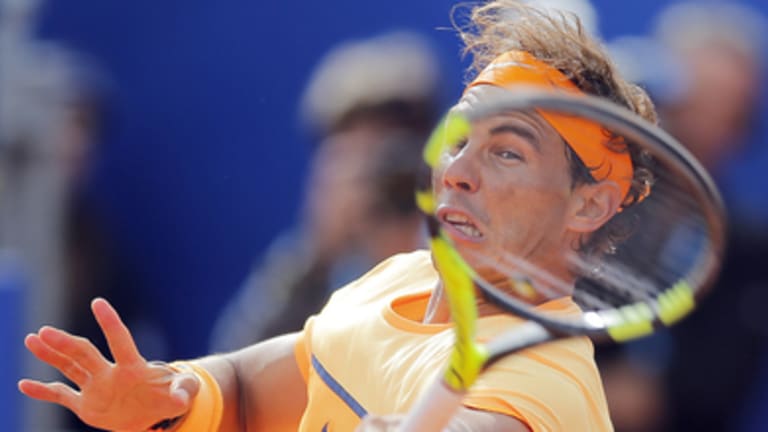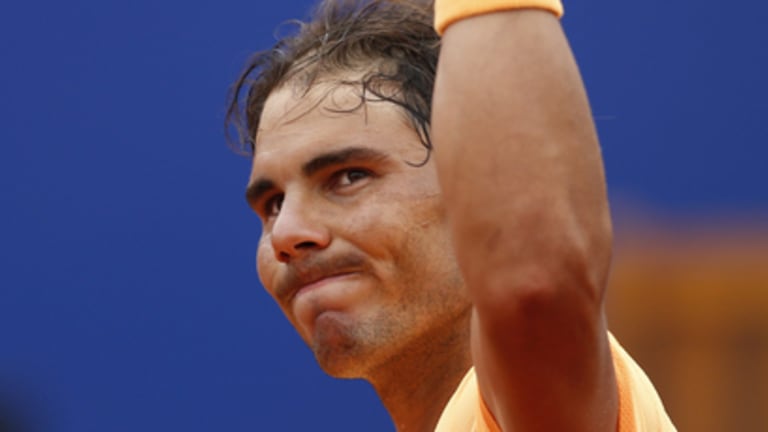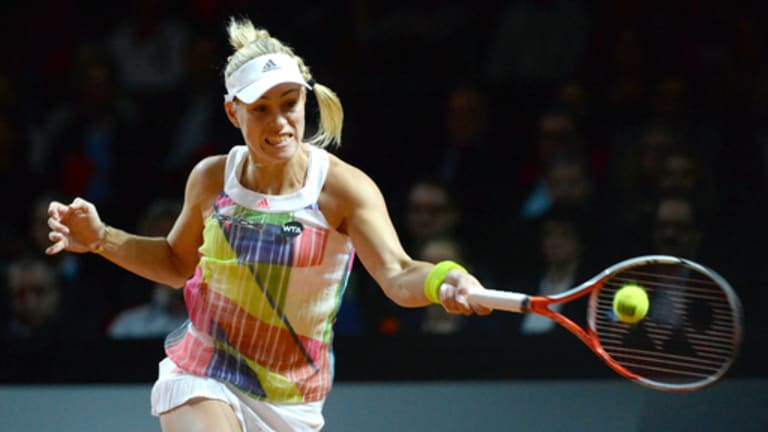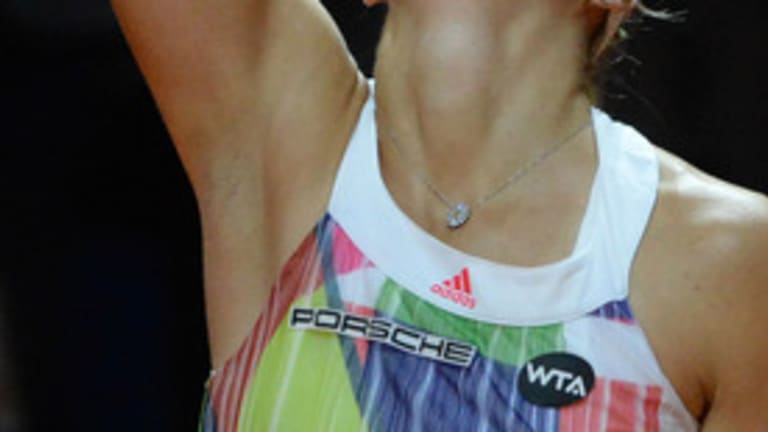Who was the biggest winner in men’s tennis last week? If there were a vote, I’d consider casting mine for Guillermo Vilas.
On Sunday in Barcelona, Rafael Nadal won his 49th clay-court title, tying the men’s record that has been held by Vilas since the 1980s. That might sound like bad news for the Argentine; first Nadal broke Willie's seemingly unbreakable win-streak record on dirt, now this. But I’d say it’s really a testament to Vilas’ dogged, somewhat-neglected excellence. After so many years of watching Rafa dominate on dirt, it’s hard to believe that, as of yesterday, there was still someone who had more tournament wins on the surface than he did. (Actually, as of today, there still is someone with more: Chris Evert won 70 titles on dirt; the King of Clay is going to have a hard time catching up to its Queen in that department.)
Nadal’s 6-4, 7-5 win over Kei Nishikori on Sunday gave him nine titles in Barcelona, which matched the ninth title he just won in Monte Carlo. Those are both records as well, but for Nadal the last two weeks have been less about the numbers he’s putting up, and more about the opponents he’s been putting them up against. If the last two years have been about Rafa losing to people he had never lost to before, and who you could never imagine him losing to before, the clay season so far has been about him turning the tables back around on his competition.
In Monte Carlo, Nadal’s third-round win came over Dominic Thiem, a young Austrian who had beaten him two months earlier in Buenos Aires. Next came a win over Stan Wawrinka, the man who had defeated him for for the first time in 11 tries in the 2014 Australian Open final. In the semis, Nadal knocked off Andy Murray; last spring in Madrid, Murray recorded his first win over Rafa on clay.



